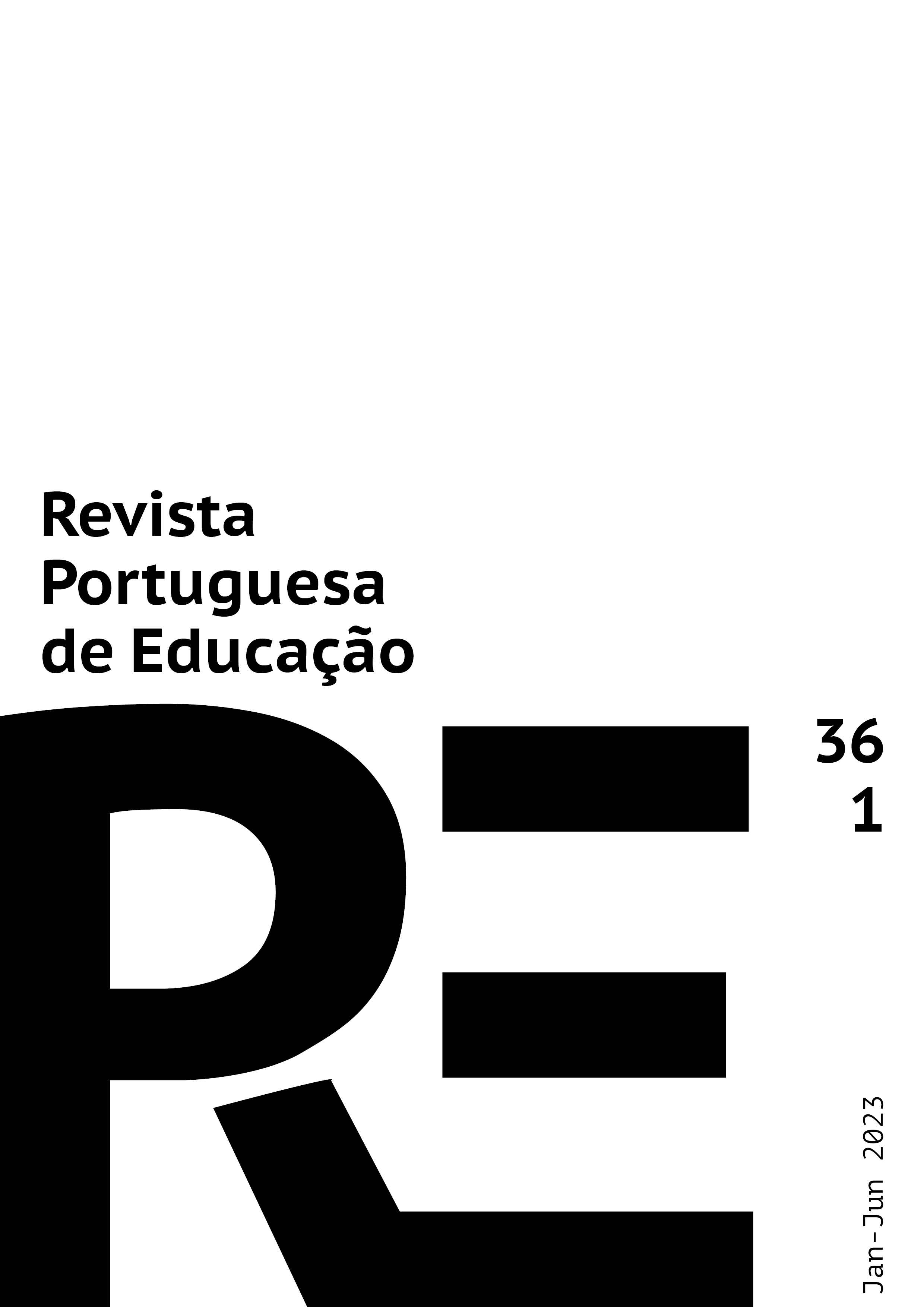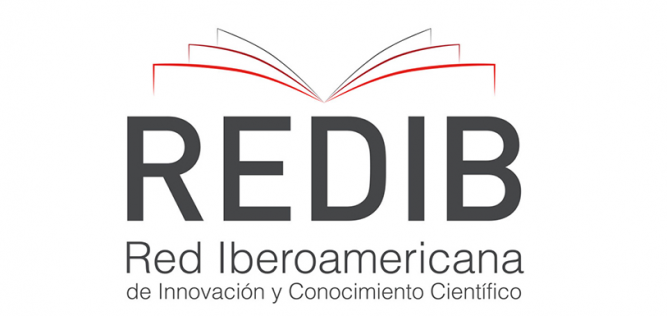Translation, adaptation and content validation of the Preschooler Awareness of Stuttering Survey assessment instrument into European Portuguese
DOI:
https://doi.org/10.21814/rpe.25016Keywords:
Assessment, Stuttering, Feelings and attitudes, Preschool, ChildrenAbstract
Preschool-age children who stutter can experience negative attitudes and beliefs about oneself. This information is essential to the assessment and intervention in speech and language therapy. However, there is only translated into European Portuguese (EP) the instrument Scale of Children’s Atittudes (A-19). The aim of this research is the translation, adaptation, and content validation of the assessment instrument Preschooler Awareness of Stuttering Survey (PASS), from English to EP. A cross-sectional descriptive qualitative methodology was used and the methodological procedures of translation, back-translation and panel of experts were implemented. In the translation phase, differences were noted between the original and the translated version regarding the semantic and idiomatic equivalences of different concepts and expressions. It was also verified the need to include new information to enhance the comprehension of the instrument application. In the back-translation, it was noted the use of synonyms of concepts/expressions of the original version, keeping the same type of sentence structure. The panel of experts focused on the conceptual equivalence of the items of the instrument's record sheets. It was considered that the concepts remained preserved, the items understandable, and the translation of the instrument appropriate to the intended target population. The continuation of this research aims to provide speech therapists with a new instrument to assess preschool-age children who stutter, contributing to a reliable assessment that enhances therapeutic intervention according to the characteristics and needs of each child.
Downloads
References
Abbiati, C., Guitar, B., & Hutchin, T. (2013). The development of an instrument to measure the speech attitudes of preschoolers who stutter. Annual Meeting of the American Speech-Language-Hearing Association.
Alexandre, N. M. C., & Coluci, M. Z. O. (2011). Validade de conteúdo nos processos de construção e adaptação de instrumentos de medidas. Ciência e Saúde Coletiva, 16(7), 3061-3068. https://doi.org/10.1590/S1413-81232011000800006
Ambrose, N. G. (2004). Theoretical perspectives on the cause of stuttering. Contemporary Issues in Communication Science and Disorders, 31, 80-91. https://doi.org/10.1044/cicsd_31_s_80
Ambrose, N. G., & Yairi, E. (1994). The development of awareness of stuttering in preschool children. Journal of Fluency Disorders, 19(4), 229-245. https://doi.org/10.1016/0094-730X(94)90002-7
Anderson, J. D., Pellowski, M. W., Conture, E. G., & Kelly, E. M. (2003). Temperamental characteristics of young children who stutter. Journal of Speech, Language, and Hearing Research, 46(5), 1221-1233. https://doi.org/10.1044/1092-4388(2003/095)
Beal, D. S., Gracco, V. L., Brettschneider, J., Kroll, R. M., & De Nil, L. F. (2013). A voxel-based morphometry (VBM) analysis of regional grey and white matter volume abnormalities within the speech production network of children who stutter. Cortex, 49(8), 2151-2161. https://doi.org/https://doi.org/10.1016/j.cortex.2012.08.013
Beaton, D., Bombardier, C., Guillemin, F., & Ferraz, M. B. (1998). Recommendations for the cross-cultural adaptation of health status measures. American Academy of Orthopedaedic Surgeons and Institute for Work & Health. https://startback.hfac.keele.ac.uk/wp-content/uploads/2019/03/recommendations-cultural-adaption.pdf
Beaton, D., Bombardier, C., Guillemin, F., & Ferraz, M. B. (2000). Guidelines for the process of cross-cultural adaptation of self-report measures. Spine, 25(24), 3186-3191. https://doi.org/10.1097/00007632-200012150-00014
Blomgren, M., Roy, N., Callister, T., & Merrill, R. M. (2005). Intensive stuttering modification therapy: A multidimensional assessment of treatment outcomes. Journal of Speech, Language, and Hearing Research, 48(3), 509-523. https://doi.org/10.1044/1092-4388(2005/035)
Borsa, J. C., Damásio, B. F., & Bandeira, D. R. (2012). Adaptação e validação de instrumentos psicológicos entre culturas: Algumas considerações. Paidéia, 22(53), 423-432. https://doi.org/10.1590/S0103-863X2012000300014
Büchel, C., & Sommer, M. (2004). What causes stuttering? PLoS Biology, 2(2), e46. https://doi.org/10.1371/journal.pbio.0020046
Chang, S.-E. (2014). Research updates in neuroimaging studies of children who stutter. Seminars in Speech and Language, 35(2), 67-79. https://doi.org/10.1055/s-0034-1382151
Choo, A. L., Burnham, E., Hicks, K., & Chang, S. E. (2016). Dissociations among linguistic, cognitive, and auditory-motor neuroanatomical domains in children who stutter. Journal of Communication Disorders, 61, 29-47. https://doi.org/10.1016/j.jcomdis.2016.03.003
Epstein, J., Santo, R. M., & Guillemin, F. (2015). A review of guidelines for cross-cultural adaptation of questionnaires could not bring out a consensus. Journal of Clinical Epidemiology, 68(4), 435-441. https://doi.org/10.1016/j.jclinepi.2014.11.021
Erickson, S., & Block, S. (2013). The social and communication impact of stuttering on adolescents and their families. Journal of Fluency Disorders, 38(4), 311-324. https://doi.org/10.1016/j.jfludis.2013.09.003
Etchell, A. C., Civier, O., Ballard, K. J., & Sowman, P. F. (2018). A systematic literature review of neuroimaging research on developmental stuttering between 1995 and 2016. Journal of Fluency Disorders, 55, 6-45. https://doi.org/10.1016/j.jfludis.2017.03.007
Ezrati-Vinacour, R., Platzky, R., & Yairi, E. (2001). The young child’s awareness of stuttering-like disfluency. Journal of Speech, Language, and Hearing Research, 44(2), 368-380. https://doi.org/10.1044/1092-4388(2001/030)
Fortin, M. F. (2009). Fundamentos e etapas no processo de investigação. Lusodidacta.
Groner, S., Walden, T., & Jones, R. (2016). Factors associated with negative attitudes toward speaking in preschool-age children who do and do not stutter. Contemporary Issues in Communication Science and Disorders, 43, 255-267. https://doi.org/10.1044/cicsd_43_f_255
Guillemin, F., Bombardier, C., & Beaton, D. (1993). Cross-cultural adaptation of health-related quality of life measures: Literature review and proposed guidelines. Journal of Clinical Epidemiology, 46(12), 1417-1432. https://doi.org/10.1016/0895-4356(93)90142-N
Guitar, B. (2019). Stuttering: An integrated approach to its nature and treatment (5th ed.). Lippincott Williams & Wilkins.
Guitar, B., & Grims, S. (1977). Developing a scale to assess communication attitudes in children who stutter. Annual Meeting of the American Speech-Language-Hearing Association.
Iverach, L., & Rapee, R. M. (2014). Social anxiety disorder and stuttering: Current status and future directions. Journal of Fluency Disorders, 40, 69-82. https://doi.org/10.1016/j.jfludis.2013.08.003
Karthikeyan, G., Manoor, U., & Supe, S. S. (2015). Translation and validation of the questionnaire on current status of physiotherapy practice in the cancer rehabilitation. Journal of Cancer Research and Therapeutics, 11(1), 29-36. https://doi.org/10.4103/0973-1482.146117
Klompas, M., & Ross, E. (2004). Life experiences of people who stutter, and the perceived impact of stuttering on quality of life: Personal accounts of South African individuals. Journal of Fluency Disorders, 29(4), 275-305. https://doi.org/10.1016/j.jfludis.2004.10.001
Maneesriwongul, W., & Dixon, J. K. (2004). Instrument translation process: A methods review. Journal of Advanced Nursing, 48(2), 175-186. https://doi.org/10.1111/j.1365-2648.2004.03185.x
Manning, W. (2010). Clinical decision making in fluency disorders (3rd ed.). Delmar.
Murphy, W. P., Yaruss, J. S., & Quesal, R. W. (2007). Enhancing treatment for school-age children who stutter: I. Reducing negative reactions through desensitization and cognitive restructuring. Journal of Fluency Disorders, 32(2), 121-138. https://doi.org/10.1016/j.jfludis.2007.02.002
Nora, C. R. D., Zoboli, E., & Vieira, M. M. (2017). Validação por peritos: Importância na tradução e adaptação de instrumentos. Revista Gaúcha de Enfermagem, 38(3), 1-9. https://doi.org/10.1590/1983-1447.2017.03.64851
Pritchard, M., Hilari, K., Cocks, N., & Dipper, L. (2017). Reviewing the quality of discourse information measures in aphasia. International Journal of Language & Communication Disorders, 52(6), 689-732. https://doi.org/10.1111/1460-6984.12318
Scher, A. P. (2018). A morfossintaxe de compostos X-V em inglês. DELTA: Documentação de Estudos em Lingüística Teórica e Aplicada, 34(2), 709-743. https://doi.org/10.1590/0102-4450894504381149126
Son, J. (2018). Back translation as a documentation tool. Translation & Interpreting, 10(2), 89-100. https://doi.org/10.12807/ti.110202.2018.a07
Sousa, V. D., & Rojjanasrirat, W. (2011). Translation, adaptation and validation of instruments or scales for use in cross-cultural health care research: A clear and user-friendly guideline. Journal of Evaluation in Clinical Practice, 17(2), 268-274. https://doi.org/10.1111/j.1365-2753.2010.01434.x
Sperber, A. D. (2004). Translation and validation of study instruments for cross-cultural research. Gastroenterology, 126(supp. 1), 124-128. https://doi.org/10.1053/j.gastro.2003.10.016
Stein-Rubin, C., & Fabus, R. (2012). A guide to clinical assessment and professional report writing in speech-language pathology. Delmar.
Yaruss, J. S. (2010). Assessing quality of life in stuttering treatment outcomes research. Journal of Fluency Disorders, 35(3), 190-202. https://doi.org/10.1016/j.jfludis.2010.05.010
Downloads
Published
How to Cite
Issue
Section
License
Copyright (c) 2023 Elsa Soares, Gonçalo Leal, Catarina Belchior, Sara Mendes, Ana Rita Valente

This work is licensed under a Creative Commons Attribution-ShareAlike 4.0 International License.
1. The authors preserve their authorship and grant the Portuguese Journal of Education the right to the first publication. The work is licensed under Creative Commons Attribution License that allows sharing the work with the acknowledgment of initial authorship and publication in this Journal.
2. The authors have the right to take additional contracts separately, for non-exclusive distribution of the published version of their work (e.g. to deposit in an institutional repository or as a book chapter), acknowledging the initial authorship and publication in this Journal.
3. The authors have the permission and are stimulated to post their work online (e.g. in an institutional repository or on their personal website). They can do this at any phase of the editorial process, as it may generate productive changes, as well as increase impact and article citation (see The Open Citation Project).
The work is licensed under Attribution-ShareAlike 4.0 International (CC BY-SA 4.0)




















